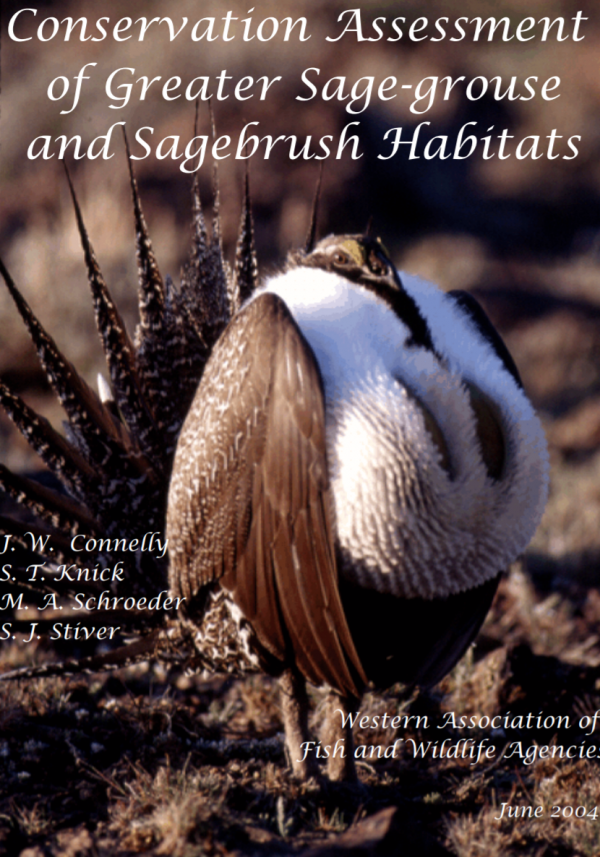Greater sage-grouse (Centrocercus urophasianus) once occupied parts of 12 states within the western United States and 3 Canadian provinces. Populations of greater sage-grouse have undergone long-term population declines. The sagebrush (Artemisia spp.) habitats on which sage-grouse depend have experienced extensive alteration and loss. Consequently, concerns raised for the conservation and management of greater sage-grouse and their habitats have resulted in petitions to list greater sage-grouse under the Endangered Species Act. In this report, we assessed the ecological status and potential factors that influenced greater sage-grouse and sagebrush habitats across their entire distribution. We used a large-scale approach to identify regional patterns of habitat, disturbance, land use practices, and population trends. We included literature spanning the last 200 years, landscape information dating back 100 years, and population data collected over the last 60 years.
Suggested Citation
Connelly, J. W., S. T. Knick, M. A. Schroeder, and S. J. Stiver. 2004. Conservation Assessment of Greater Sage-grouse and Sagebrush Habitats. Western Association of Fish and Wildlife Agencies. Unpublished Report. Cheyenne, Wyoming.
Attached Files
| File | Action |
|---|---|
| Conservation Assessment of Greater Sage-grouse and Sagebrush Habitats.pdf | Download |
- Version
- File Type pdf
- File Size 10.11 MB
- Publication Date June 1, 2004
- Download Count (since 10/2020) [2045]
